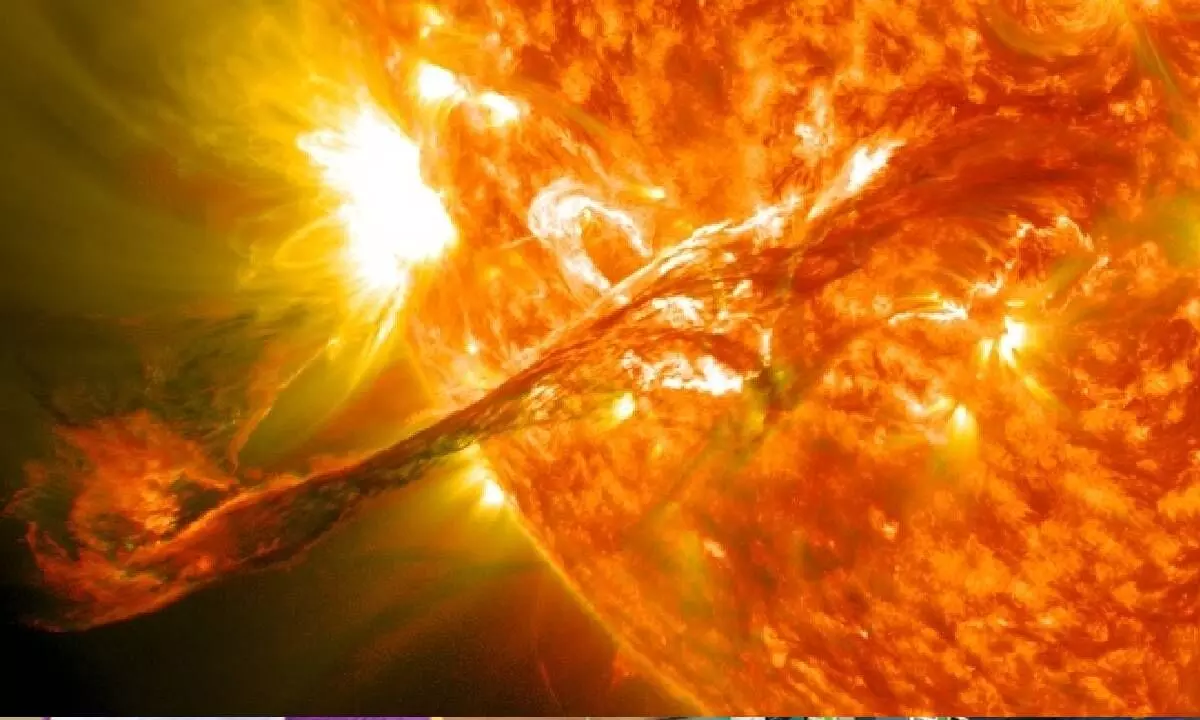Mission Sun beckons ISRO next
ESA flight dynamics experts actively supporting Aditya-L1
image for illustrative purpose

The year 2023 could be described as a year of interplanetary mission for the country's space agency - Indian Space Research Organisation (ISRO).
After its mission to the moon that was launched on Friday, it is embarking on a mission to the sun. The space agency will be sending up its Aditya L1, a coronagraphy satellite, on a Polar Satellite Launch Vehicle (PSLV)/rocket to study the solar atmosphere towards the end of August.
According to ISRO, the spacecraft will be placed into a halo orbit around the first Lagrange point, L1, of the sun-earth system. The satellite around the L1 point has the major advantage of continuously viewing the sun without occultation/eclipses. The Adiyta L1 mission is slated for a couple of days after ISRO attempts to land on the lunar soil its lander that is being carried by the Chandrayaan-3 spacecraft.
According to ISRO Chairman S. Somanath, the Moon lander is expected to touch the lunar soil on the evening of August 23 at 5.47 p.m.
The European Space Agency (ESA) has said that it would lend tracking support for ISRO’s next interplanetary mission -- Sun Mission Aditya L1, the solar observatory slated for launch towards the end of August.
Aditya-L1 is named after the Hindu Sun god and the spacecraft's future home, and L1 -- the first Lagrange point of the earth-sun system. It will study a number of properties, such as the dynamics and origins of coronal mass ejections, added ESA, whose support to Aditya-L1 will include tracking activities from Kourou and Goonhilly. It will also include support from the largest of ESA's antennas -- the three 35-metre deep space antennas, located in New Norcia, Australia; Malargue, Argentina and Cebreros, Spain.
These stations are used by ESA every day to communicate with its expanding fleet of Solar System explorers such as Juice, BepiColombo and Solar Orbiter, and space observatories such as Gaia and the recently-launched Euclid. They also support missions flown by ESA's institutional and commercial partners.

